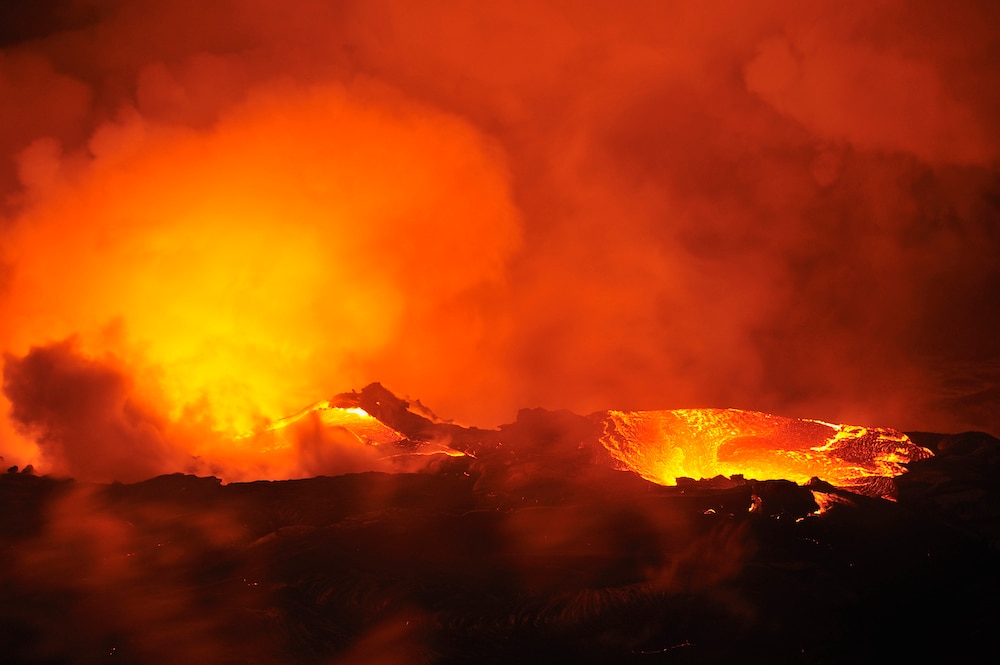Create a free profile to get unlimited access to exclusive videos, sweepstakes, and more!
Volcanoes may 'sing' before they blow
Volcanoes may be whispering warnings, we just need to learn to listen.

Volcanoes are among the most awe-inspiring destructive forces on Earth, which is probably why they make for good movies. In the 1997 disaster film Dante’s Peak ( now streaming on Peacock!), a slumbering volcano slowly wakens near the titular town. Several investigators believe there to be no risk, but Harry Dalton — played by Pierce Brosnan — isn’t so sure.
In the film, there are warnings, including increased hot springs activity which cooks two bathers alive, and sulfur dioxide in the water. The rising subsurface temperatures and dissolved gases are preliminary warnings that something much bigger is brewing.
Something similar happened at the Kilauea volcano in Hawaii, beginning in 2007, only without all of the blockbuster theatrics and Hollywood stars. Kilauea is the most active of the five volcanoes which make up the Hawaiian island chain. It emerged above the water’s surface roughly 100,000 years ago and has been active ever since, but that doesn’t mean it’s always violently erupting.
In 2007, lava began pooling inside the volcano, but things remained more or less calm over the next decade. Then, in 2018, it finally went boom. During the decade preceding the big blast — which lasted from May through August of 2018 — rocks from the rim of the volcano fell in, creating waves like pebbles dropped into a pond.
Josh Crozier and Leif Karlstrom, both from the Department of Earth Sciences at the University of Oregon, studied the properties of those waves and the way they propagated through the lava, in hopes of understanding the inner workings of the volcano. Their findings were published in the journal Science Advances.
If you’ve ever seen someone play music by tapping a series of glasses, you might have some idea of the philosophy at work here. The level of liquid, the type of liquid, and even the temperature can impact the tones which are created when you tap the glass. Similarly, scientists wondered if measuring the sound waves travelling through the lava pool might provide some insight into what was going on inside.
Once Kilauea finally erupted, scientists looked over a decade’s worth of data they had gathered at the site to see if they could backward engineer the eruption as a way of better predicting future events. Using data from seismic sensors, GPS stations, and visual observations, they built a computer model of the volcano and started toying around with variables.
Using their model, they tested a bunch of different characteristics to try and emulate the vibrations which were recorded, by playing with different temperatures and levels of dissolved gases. They found that the nature of the vibrations was tied to both of those variables.
Importantly, information about temperature and gaseous makeup are usually only available after a volcano has erupted, but now scientists can work backward from sound studies. Volcanoes are complex geological structures, and it’s highly likely that continued study and observations will be needed before we have a clear picture, but scientists hope that using the vibrations of lava prior to eruptions might give us better tools for forecasting eruptions before they happen.
Whether you’re living on a real chain of volcanic islands or in the fictional town of Dante’s Peak, listening to the songs of the Earth might save your life.


























